By Alice Conibere and Cate McCowin (History of Design MA Students, V&A/RCA)
A group of 6th form Art and Science students stood in a circle in the airy space of the V&A Ceramics Gallery. The question was asked, ‘Who knew that museums had scientists?’ and for the most part, heads were shaken. This was a moment that encapsulated the V&A · Making London Porcelain project, whose main objective is to foster a better understanding of the links between science and art in order to deepen the knowledge of objects linked to London’s ceramic heritage.
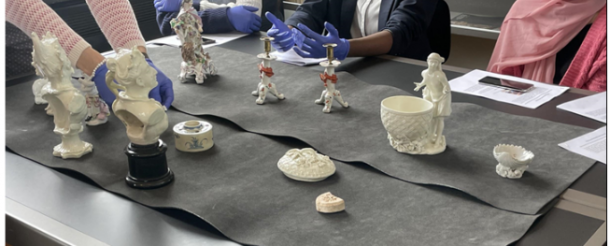
In this project, groups from two different schools gained a new appreciation for local ceramic history. The Cardinal Vaughan Memorial School situated near the former site of Chelsea’s porcelain works in South London, and Chobham Academy in Newham sits only a stone’s throw away from the site of the old Bow factory in East London, enabling students to gain a shared geographic link to these histories. At the V&A, they became a ‘museum scientist’ in the V&A Science Lab with Dr Lucia Burgio; felt the soft creamy paste and weight of eighteenth-century Bow porcelain in an object handling workshop with Dr Caroline McCaffrey-Howarth; and engaged in re-making workshops with Dr Georgia Haseldine, mixing their own porcelains based on recipes from Chelsea and Bow, some of the first factories to produce porcelain in England.
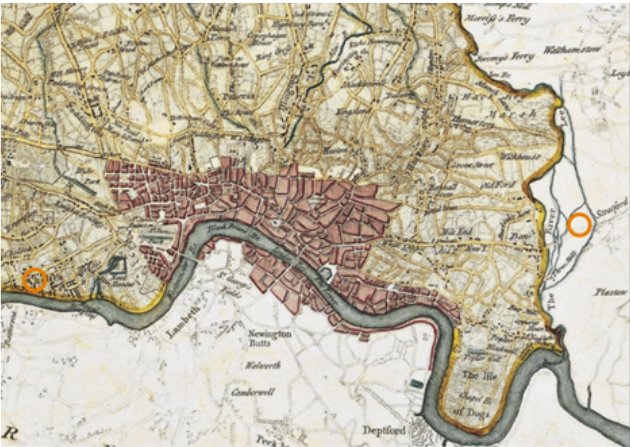
As students on the V&A/RCA History of Design Postgraduate Programme, assisting on this project was a chance to see the work that goes on in the museum beyond simply static display – to participate in a format that provided hands-on learning, including object handling and embodied practices of re-making.
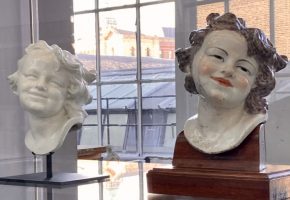
To kick off the first workshop day in the V&A, a prominent object in the Ceramics Gallery, a kiln waster, acted as a prompt for further reflection: what went wrong here, and why? Science had enabled the artistic production of these delicately patterned dishes – but science was not infallible! Then it was off down corridors and through several doors, to the V&A Science Lab. There, the chemical composition of objects from the Bow porcelain factory was revealed through the use of non-invasive microscopy techniques and X-ray fluorescence. This was led by Dr. Lucia Burgio who writes in more detail about this here. There was a lot of interest about the purpose of the scientific analysis – ‘What would the museum do with these findings’?
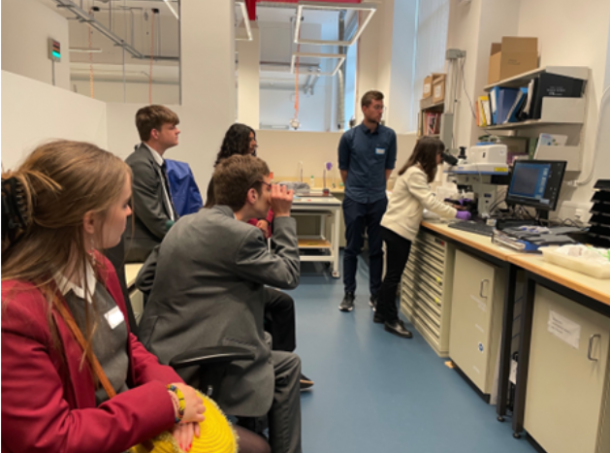
The students appreciated the fraught global links embedded within these objects – for example, white clay, known as unaker, used in the first patent by Bow was taken from South Carolina, from the Cherokee peoples. A new appreciation also emerged for their own local neighbourhoods, notably their strong economic and creative position at the centre of eighteenth-century global trade – specifically, the Bow factory which was often referred to as ‘New Canton,’ overtly connecting the manufacture of wares at Bow with porcelain’s origins in China.
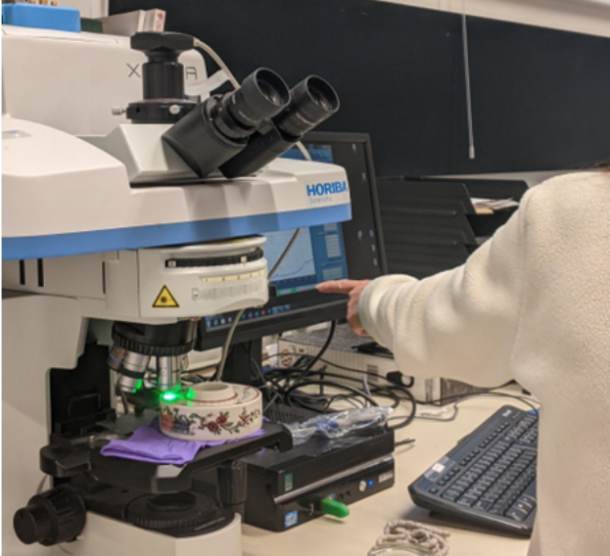
In contrast to the precision of the modern scientific analysis, it was in the porcelain making workshop that students experienced the innovative process of trial and error that was involved in the original experimentation. They appreciated the benefit of this freedom to experiment, and produced their own porcelain, objects and glazes, based on the originals, using plaster moulds and test tiles.
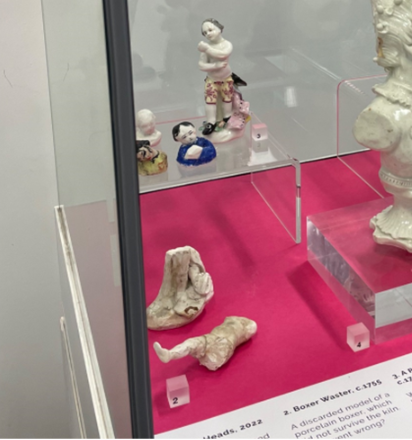
The knowledge of the science of porcelain complimented the kinaesthetic experience of the making process. As the workshops continued in the more familiar confines of the school classrooms, their direct involvement in the different stages of the Making London Porcelain project seemed to make them much more confident as they started to tackle the interpretative material for an exhibition dedicated to this project held at Stratford Library for Newham Heritage Month.
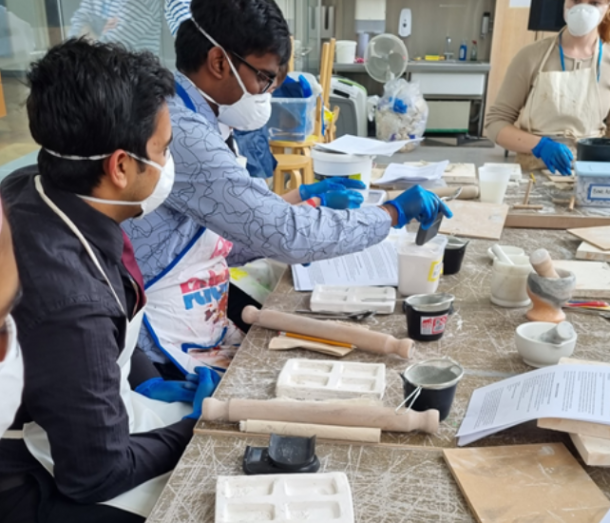
For us, as History of Design MA students, it was a great experience to witness such a close-up and interactive study of material culture. For the 6th formers it may have been the first time they had all experienced this unique intersection of learning about art, science, history, and making, but hopefully not the last!
The project entitled ‘Experimentation and Placemaking: connecting communities with the technological and innovation histories of London’s early porcelain Manufacturers’ has been made possible by the Arts and Humanities Research Council’s Capability for Collections Fund and Newham Heritage Month. This project is led by Dr Lucia Burgio, Dr Caroline McCaffrey-Howarth, Dr Georgia Haseldine and Dr Kelly Domoney.



after your talk at Newham library last month I think I may have found an early bow porcelain in my collection. Does the V&A still give opinions on the first Tuesday of the month?